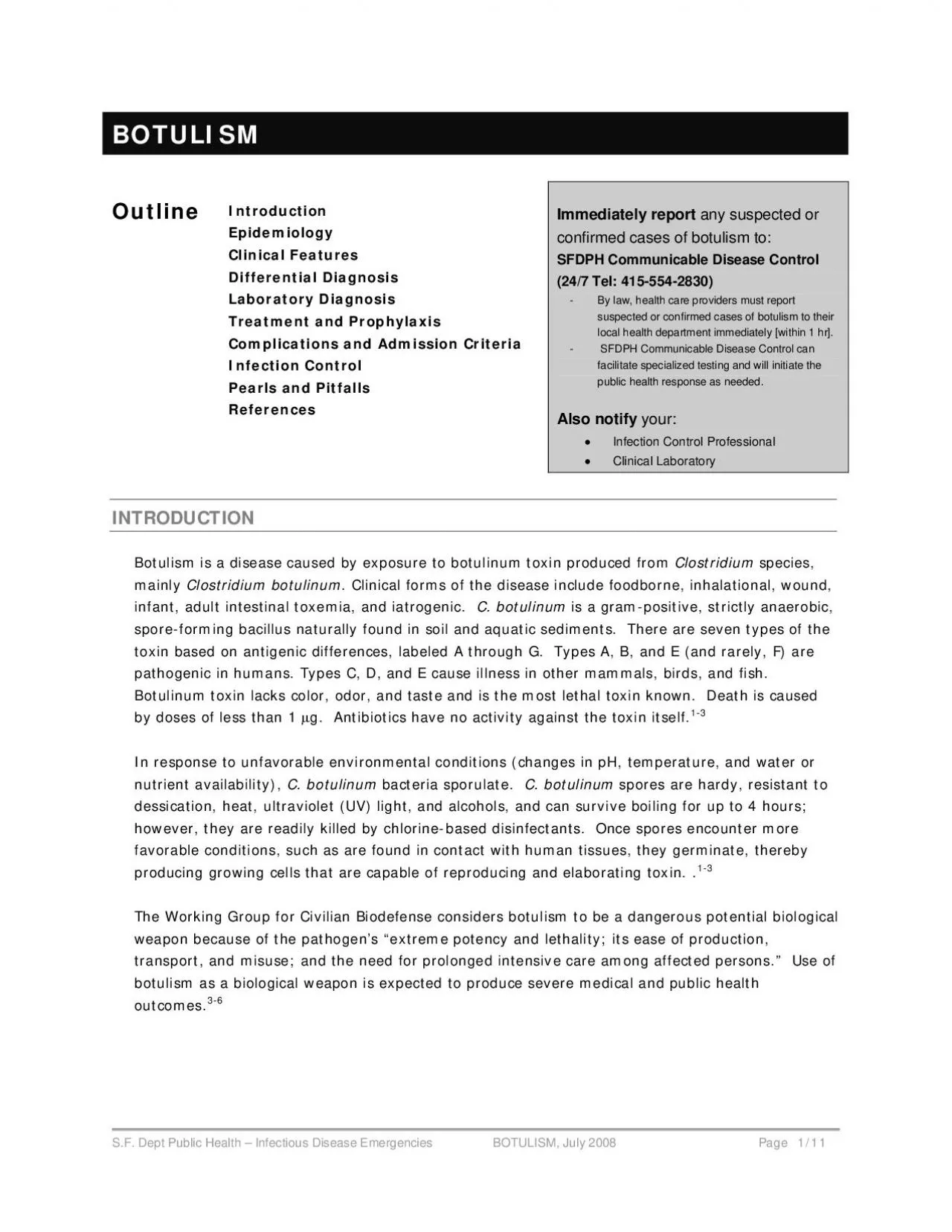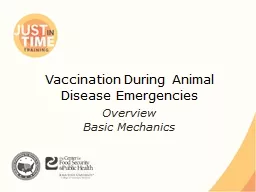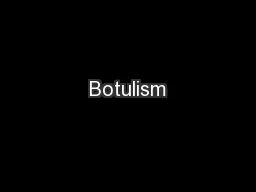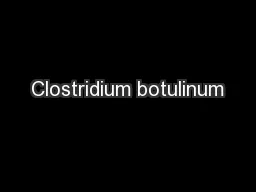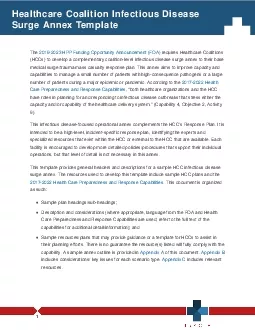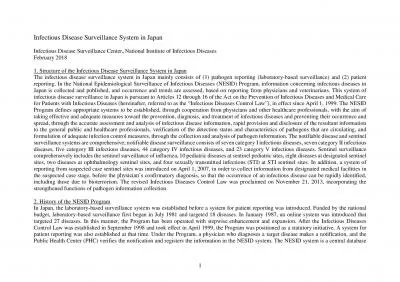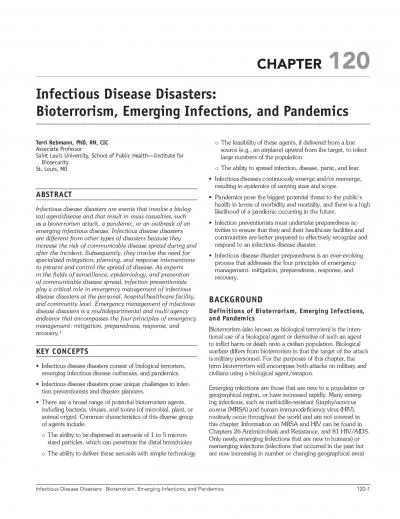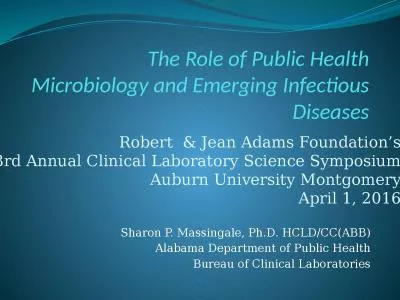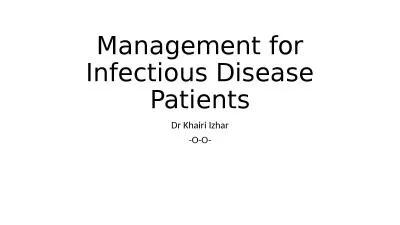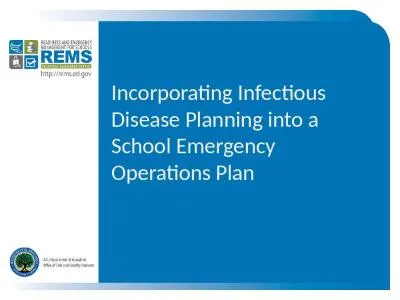PDF-SF Dept Public Health Infectious Disease Emergencies BOTULISM J
Author : cecilia | Published Date : 2022-08-20
By law health care providers must report suspected or confirmed cases of botulism to their local health department immediately within 1 hr SFDPH Communicable Disease
Presentation Embed Code
Download Presentation
Download Presentation The PPT/PDF document "SF Dept Public Health Infectious Diseas..." is the property of its rightful owner. Permission is granted to download and print the materials on this website for personal, non-commercial use only, and to display it on your personal computer provided you do not modify the materials and that you retain all copyright notices contained in the materials. By downloading content from our website, you accept the terms of this agreement.
SF Dept Public Health Infectious Disease Emergencies BOTULISM J: Transcript
Download Rules Of Document
"SF Dept Public Health Infectious Disease Emergencies BOTULISM J"The content belongs to its owner. You may download and print it for personal use, without modification, and keep all copyright notices. By downloading, you agree to these terms.
Related Documents

